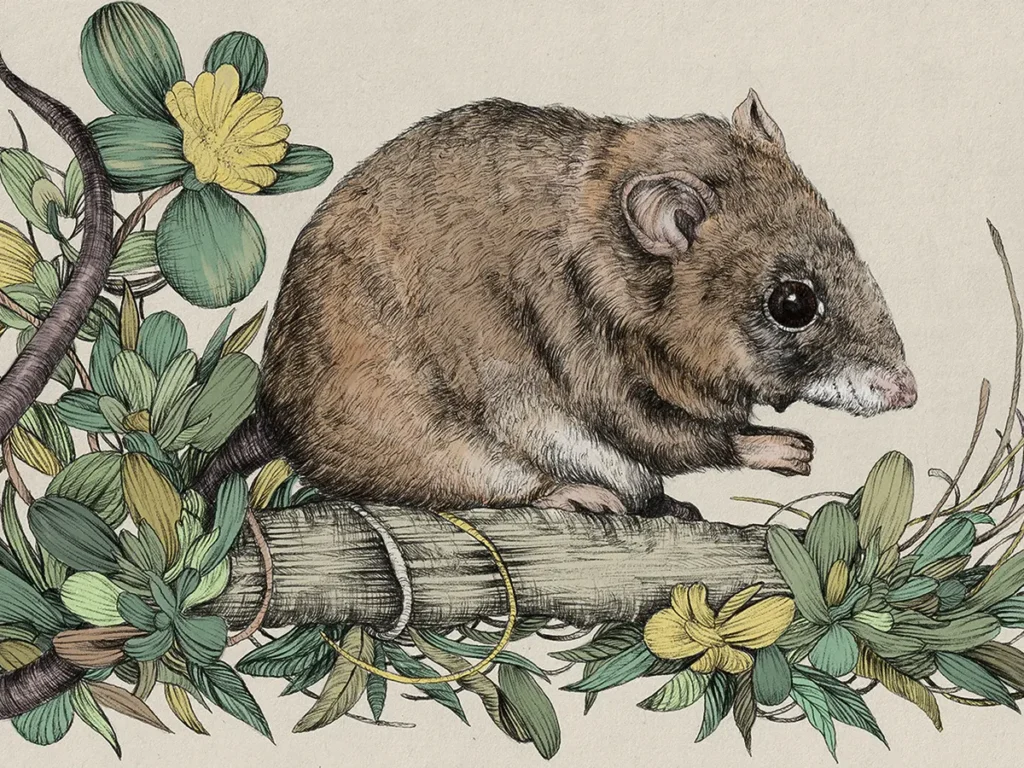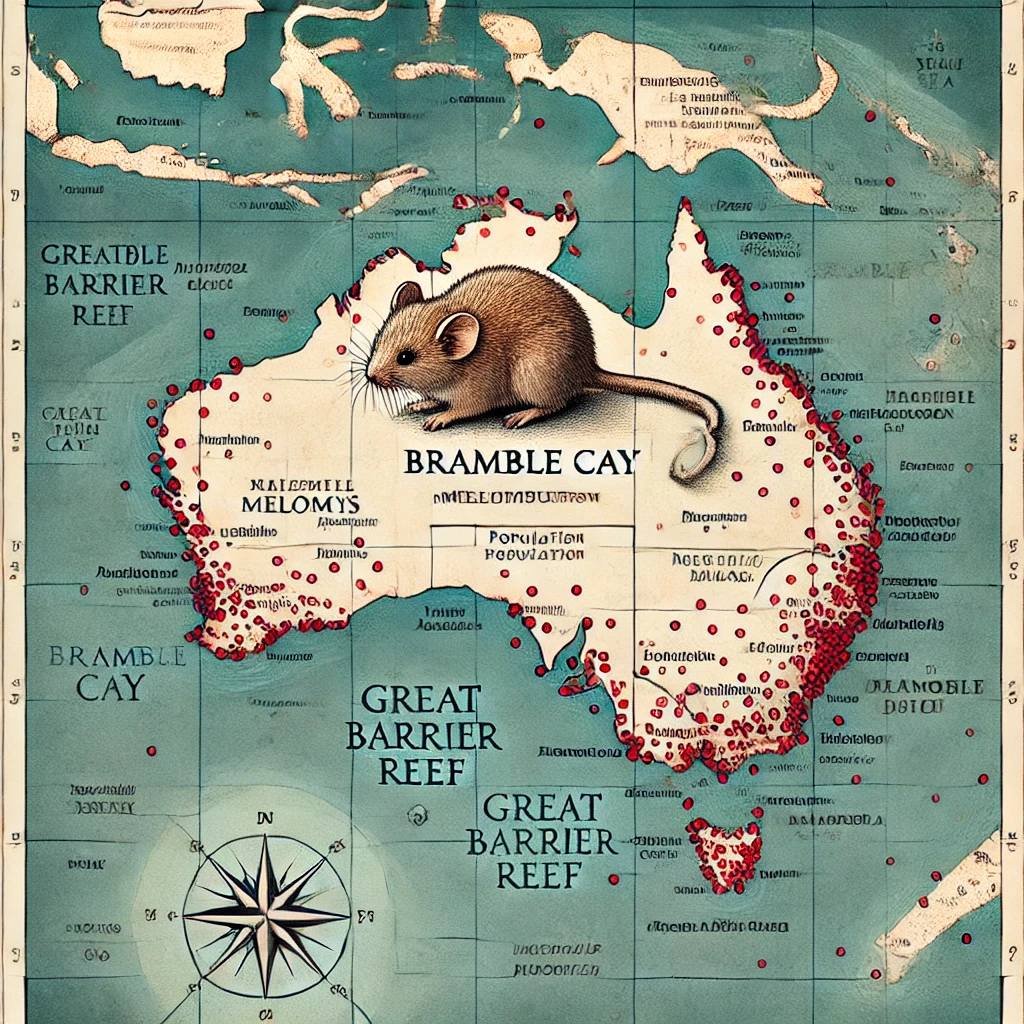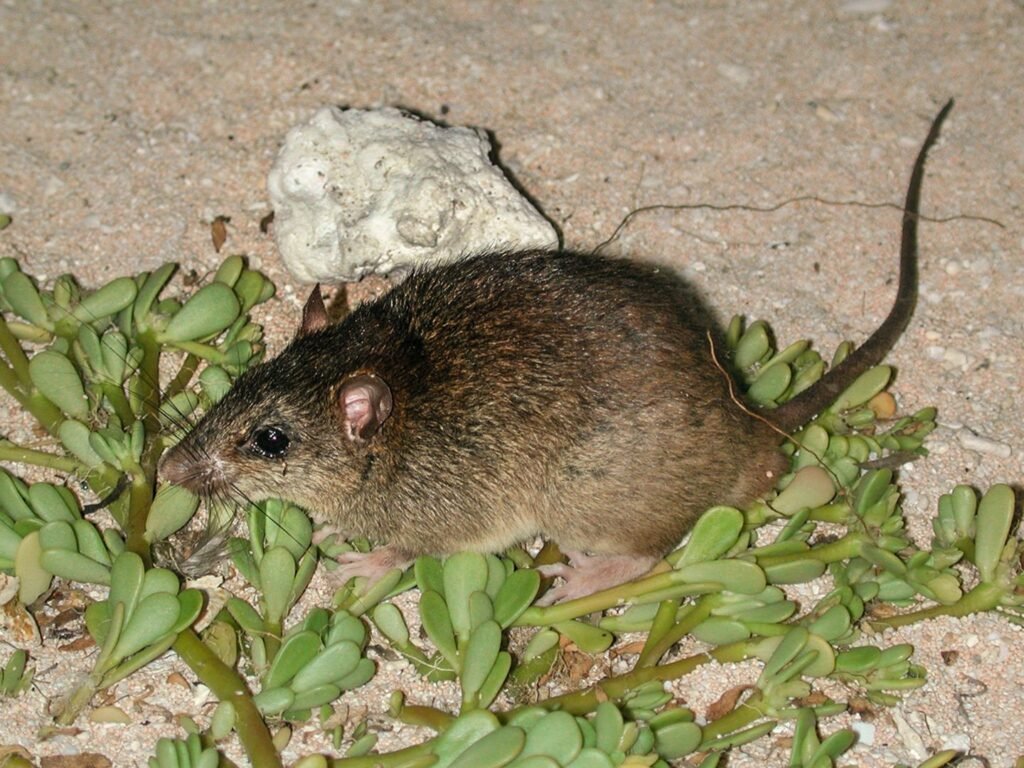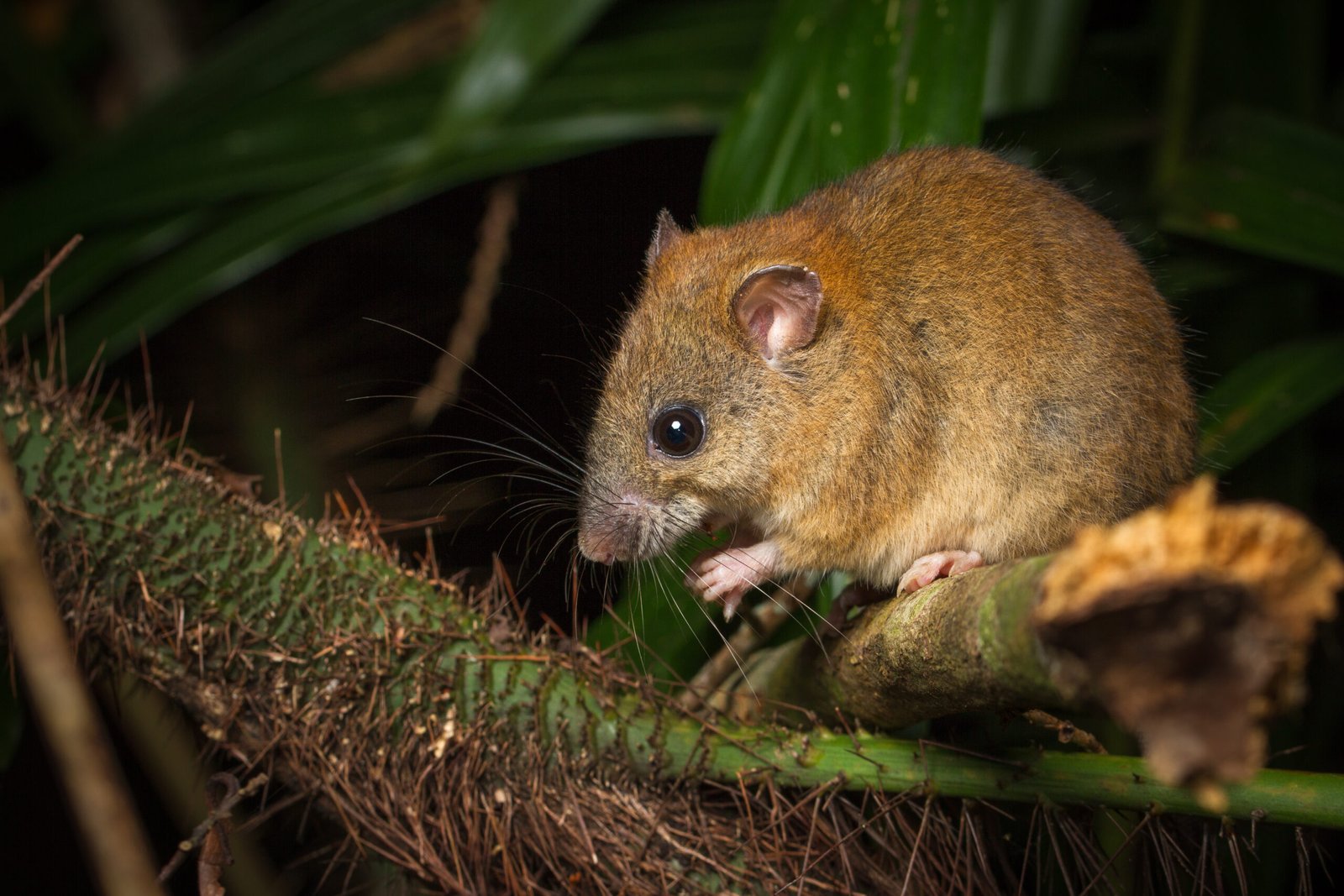Discover the Fascinating History of the Bramble Cay Melomys: The First Mammal Extinction Due to Climate Change
Introduction:
The Bramble Cay Melomys, also known as the Bramble Cay Mosaic-tailed Rat, was a small rodent native to Bramble Cay, a tiny coral cay in the northeastern part of Australia’s Great Barrier Reef. This remarkable creature was known for its unique adaptation to its isolated habitat. Unfortunately, it holds the unfortunate distinction of being the first mammal declared extinct due to human-induced climate change. The loss of the Bramble Cay Melomys serves as a stark reminder of the fragility of island ecosystems and the devastating impact of rising sea levels.
Facts:
| Attribute | Details |
|---|---|
| Scientific Name | Melomys rubicola |
| Common Names | Bramble Cay Mosaic-tailed Rat |
| Year Declared Extinct | 2016 |
| Kingdom | Animalia |
| Phylum | Chordata |
| Subphylum | Vertebrata |
| Class | Mammalia |
| Order | Rodentia |
| Family | Muridae |
| Genus | Melomys |
| Species | M. rubicola |
| Natural History and Origin | Native to Bramble Cay, Great Barrier Reef |
| Physical Information | Small rodent with a length of about 6 inches, tail slightly longer than body |
| Appearance | Brown fur with a mosaic-like pattern, long whiskers, and a prehensile tail |
| Scientist Names | Described by Oldfield Thomas in 1924 |
| Region | Bramble Cay, Australia |
Appearance:
The Bramble Cay Melomys was a small rodent with distinct physical characteristics. It had a body length of about 6 inches, with a tail that was slightly longer than its body. Its fur was brown with a unique mosaic-like pattern, which helped it blend into its sandy and vegetative environment. The Melomys had long whiskers that aided in navigation and a prehensile tail that it used for climbing and maintaining balance. Its appearance was well-adapted to its life on a small coral cay, where agility and camouflage were vital for survival.

Distribution:
The Bramble Cay Melomys was exclusively found on Bramble Cay, a small coral island located in the northeastern part of Australia’s Great Barrier Reef. This tiny island, measuring approximately 340 meters long and 150 meters wide, provided the only known habitat for this species. The cay’s unique environmental conditions, including its sparse vegetation and sandy terrain, were crucial for the Melomys’ survival. Unfortunately, the limited distribution made the species extremely vulnerable to environmental changes.

Habits and Lifestyle:
The Bramble Cay Melomys was a nocturnal rodent, primarily active at night when it foraged for food. It was herbivorous, relying on the sparse vegetation of Bramble Cay, which included herbs and grasses. The Melomys lived a solitary life, creating burrows in the sandy soil of the cay where it stayed during the day to avoid predators and the harsh daytime temperatures. Its nocturnal habits and burrowing behavior were essential adaptations to its unique and fragile habitat.
Physical Characteristics:
This small rodent had a compact body with a length of about 6 inches and a tail that extended slightly beyond its body length. The fur was brown with a mosaic-like pattern, providing camouflage against the sandy and vegetative backdrop of Bramble Cay. The Melomys had long whiskers that helped it sense its surroundings, and its prehensile tail was used for climbing and maintaining balance. These physical traits were perfectly suited to its environment, allowing it to navigate the small island efficiently.
Diet and Nutrition:
The Bramble Cay Melomys primarily fed on the island’s vegetation, including various herbs and grasses. Its diet was exclusively herbivorous, and it relied on the limited plant resources available on the cay. This dependency on a specific type of vegetation made the Melomys particularly vulnerable to changes in its habitat, such as those caused by rising sea levels and storm surges, which destroyed much of its food source.
Behavior:
As a nocturnal creature, the Bramble Cay Melomys was active at night when it foraged for food. It lived a solitary life, rarely interacting with other Melomys except during mating periods. The Melomys created burrows in the sandy soil of Bramble Cay, where it stayed during the day to avoid predators and the harsh daytime temperatures. This behavior helped it conserve energy and reduce the risk of predation in its exposed environment.

FAQs:
| Question | Answer |
|---|---|
| What caused the extinction of the Bramble Cay Melomys? | The primary cause of extinction was habitat loss due to rising sea levels and storm surges, which destroyed its habitat and food sources. |
| When was the Bramble Cay Melomys declared extinct? | The Bramble Cay Melomys was declared extinct in 2016. |
| What did the Bramble Cay Melomys eat? | Its diet consisted mainly of herbs, grasses, and possibly bird eggs. |
| Where was the Bramble Cay Melomys found? | It was found only on Bramble Cay, a small island in the northeastern part of Australia’s Great Barrier Reef. |
| How long did the Bramble Cay Melomys live? | While the exact lifespan is unknown, it is believed that small rodents like the Melomys typically live for about 1-2 years in the wild. |
| Why is the extinction of the Bramble Cay Melomys significant? | Its extinction is significant because it is the first recorded mammal extinction directly attributed to human-induced climate change, highlighting the impact of rising sea levels on vulnerable species. |
Cause of Extinction:
The primary cause of the Bramble Cay Melomys’ extinction was habitat loss due to rising sea levels and increased frequency of storm surges, both of which are direct consequences of climate change. These environmental changes led to the inundation of the tiny coral cay, destroying the vegetation that the Melomys depended on for food and shelter. Despite conservation efforts, the rapid and severe alteration of its habitat proved fatal for this isolated species.
Related Animals:
- Dusky Hopping Mouse (Notomys fuscus)
- Water Rat (Hydromys chrysogaster)
- Northern Mosaic-tailed Rat (Melomys burtoni)
- Polynesian Rat (Rattus exulans)
References:
- National Geographic – Bramble Cay Melomys
- IUCN Red List – Melomys rubicola
- Australian Government Department of the Environment
- BBC News – Climate change: First mammal extinction
Views: 11
